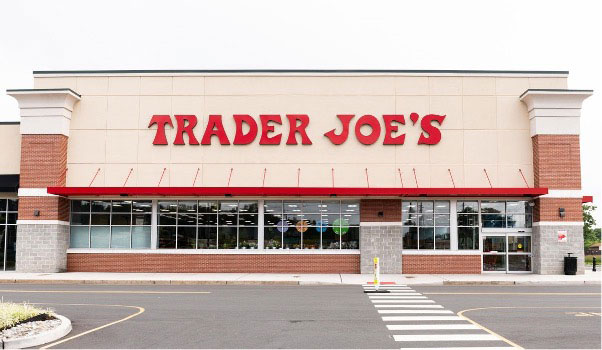How companies can move to non-price competition via brand differentiation

No one likes being stuck in a price war where profits are low for a prolonged period. This is especially true for young companies that cannot harness economies of scale in order to lower costs due to the size of the small initial customer base. Instead of price wars, differentiation is the wiser choice.
It is a challenge for young companies in Singapore to compete against low priced, giant, multi-national companies that have infiltrated the country since its independence. These MNCs can provide low prices due to their cost structure, equipment and technologies. Despite the various initiatives to encourage Singaporeans to support local companies, practical Singaporeans are not likely to purchase from local companies based on just supporting local when there are more reputable and affordable options out there. Therefore, SMEs must improve their brand perception to appeal to more customers in the market and even potential consumers who end up purchasing due to the brand’s appeal. Zero-sum competitions occur with one’s gains happening at the expense of another’s loss while in positive-sum competition both parties gain without either’s expense. Instead of being stuck in a zero-sum competition, whereby companies struggle to steal each other’s market share, branding helps SMEs move towards positive-sum competition by expanding the market space by appealing to more target customers.

Believe it or not, smaller companies have added advantages with regard to competing based on brand differentiation, especially if they are in service industries. With a flatter structure and fewer layers between customers and the management team, SMEs are able to better understand their customer’s needs and interests in order to align their brand with their customers. With fewer employees, the company can also ensure more brand consistency from the management team to the frontline employees.
Branding also provides a true competitive edge as it futureproofs the business internally, ensuring all employees are on the same page. This gives employees a sense of belonging, boosts employee morale and increases employee retention rates. When employees’ goals are aligned with the brand goals, they feel emotionally closer to the company and are happier which results in higher productivity. These benefits may even be unique selling propositions for some companies such as Zappos and Trader Joe’s, where employees embrace the company’s brand purpose and embody the brand goals excitedly, resulting in the companies’ competitive advantage of excellent, warm customer service. Externally, besides securing more sales, the company is more attractive to more prominent partners with robust branding.

Let’s look at Trader Joe’s. The company entered the US market in the presence of huge corporations such as Walmart and Whole Greens. Being a small company, it was unable to compete on pricing with Walmart as the supermarket heavyweight was already capturing market share from all over the US and was able to reduce its cost substantially from economies of scale. Whole Greens provided higher quality and healthy food options compared to Walmart but was still able to charge lower prices than Trader Joe’s due to its earlier entry into the market and consequent larger customer base. However, that did not mean that there was no place for Trader Joe’s. The company differentiates itself by its brand vision of having excellent customer service and manifested this vision to its customers. It was also able to secure partnerships with many partners to consistently roll out creative products and change its product mix regularly. Strong brand differentiation was Trader Joe’s key to success.
Are you also considering leaving the intense price war competition? Drop us an email at info@bdsa.sg or via the contact methods at the bottom of the page to find out how!




